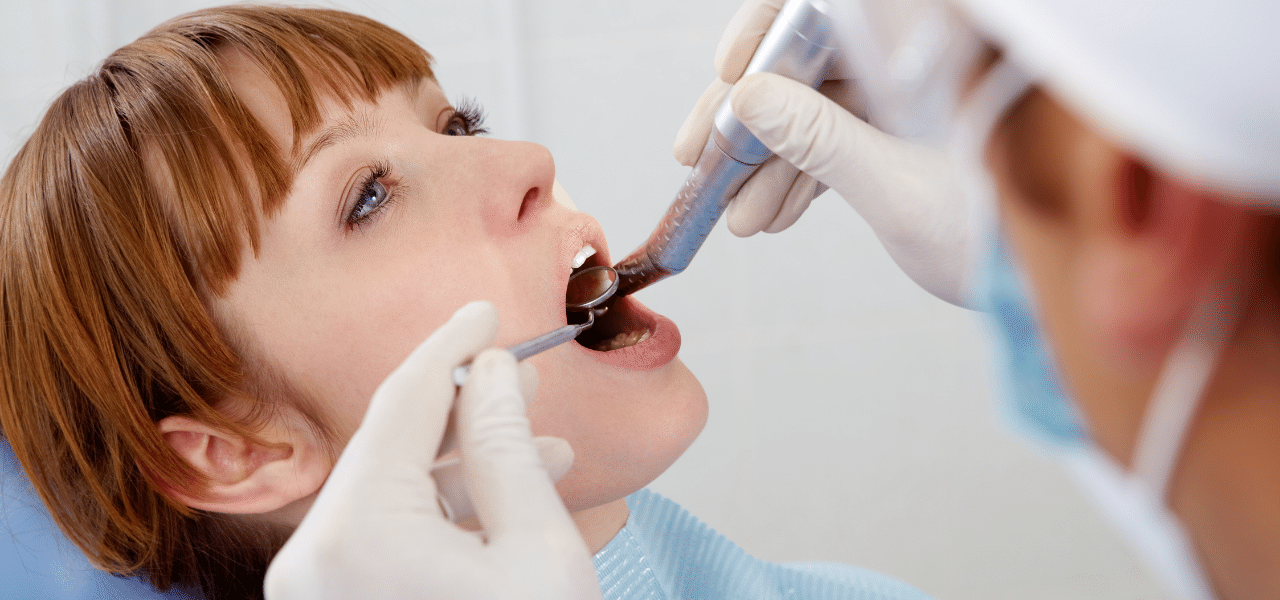Restorative dentistry refers to any dental procedure that repairs or replaces a tooth. Restorative procedures include cavity fillings, root canals, and even dental implants. There can be two goals in restorative dentistry: to restore the function of the teeth and to restore the appearance of the teeth. In some cases it’s one or the other, and in some cases it’s both.

Restorative Dentistry

Restorative dental procedures have many benefits, which is why they are some of the most commonly performed procedures by dentists.
- Restore function. The biggest benefit of restorative procedures is that the functionality of your teeth is restored. You can eat and talk with relative ease because your teeth are healthy.
- Eliminate pain. If you have a deep cavity or an infected tooth that needs a root canal, you have probably experienced severe pain related to these issues. Restorative procedures eliminate that pain by correcting the problem or removing the infection.
- Improve appearance. Restorative procedures can make your teeth look better so that you can smile with confidence.
- Prevent further dental issues. Correcting a dental issue as soon as it is detected can prevent it from getting worse or causing more dental issues. Having a cavity filled as soon as your dentist notices it can prevent it from leading to a root canal. A cavity that is ignored for too long can result in a tooth that can’t be saved that will need to be extracted and replaced.
- Preserve jaw bone density. Replacing a missing tooth with an implant preserves the bone density in your jaw. If a tooth is missing, the part of the jaw that once held it in place will start to weaken and eventually dissolve. After that, in order to replace it with an implant, a bone graft procedure will be required. It is best to replace a missing or unviable tooth right away to avoid bone loss.


